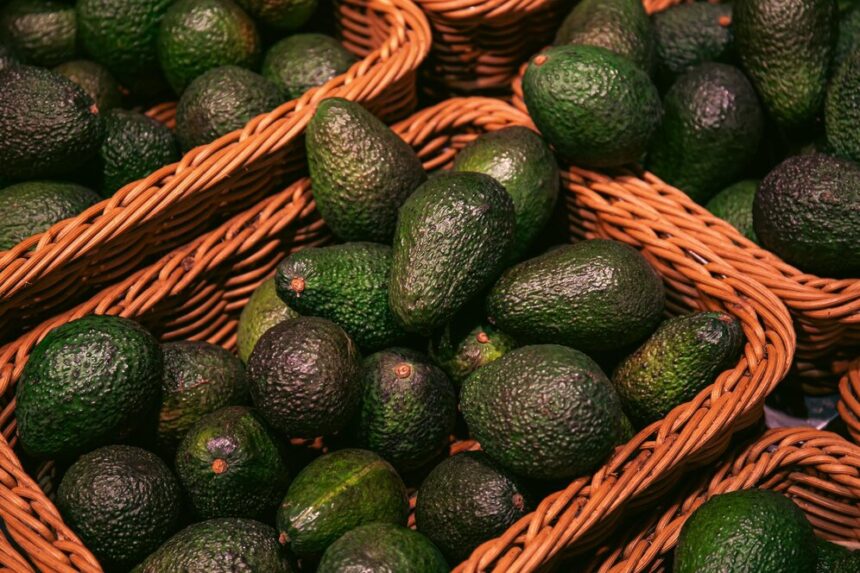South Africa is one of the world’s leading exporters of avocados, with its favorable climate and expanding agricultural sector providing ideal conditions for growing this popular fruit. Exporting avocados from South Africa offers a lucrative opportunity for growers and exporters, particularly with global demand for high-quality avocados continuing to rise. However, exporting avocados requires an understanding of the necessary procedures, regulations, and market requirements. This article outlines the essential steps to successfully export avocados from South Africa.
1. Understand the Export Requirements
Before beginning the export process, it’s crucial to familiarize yourself with the export requirements for avocados. South African avocado exports are governed by several regulations set by both local authorities and international bodies. Key aspects to consider include:
- Export Documentation: To legally export avocados from South Africa, you will need the necessary export documentation. This includes an export permit from the Department of Agriculture, Forestry, and Fisheries (DAFF), which ensures that your avocados meet the country’s agricultural standards.
- Phytosanitary Certification: This certification is issued by the Department of Agriculture, Forestry, and Fisheries and confirms that the avocados are free from pests and diseases. It is essential for most international markets as it proves that the fruit meets the required health standards.
- Packhouse Registration: Your packhouse (the facility where the avocados are sorted, packaged, and prepared for export) must be registered with DAFF. The packhouse must adhere to strict hygiene standards and quality control measures to ensure that the avocados meet export quality standards.
- Compliance with Importing Country Regulations: Different countries have their own regulations regarding the import of avocados. Some markets may require specific treatments such as irradiation, hot water treatment, or vapor heat treatment. Familiarizing yourself with these requirements and ensuring your avocados are compliant is essential for successful exports.
2. Ensure Avocado Quality and Harvesting Standards
High-quality avocados are essential for export success. International consumers expect avocados that are ripe, free from blemishes, and of consistent quality. Here are the steps to follow for ensuring your avocados meet global standards:
- Quality Control: Before harvesting, assess the quality of the avocados to ensure they are ready for export. This includes checking the size, color, and ripeness. A common practice is to harvest avocados when they are mature but not yet fully ripe to allow for transport and storage before they reach their destination.
- Grading and Sorting: Once harvested, avocados need to be sorted according to size, weight, and quality. The sorting process ensures that only the best fruit is sent for export. Export-quality avocados should be firm, free of bruising, and have a clean, smooth skin.
- Packing: Proper packing is crucial to ensure that avocados are protected during transport. Use high-quality, food-safe materials such as cardboard boxes or wooden crates that provide adequate ventilation. Ensure the avocados are packed in layers with appropriate cushioning to prevent damage during handling.
3. Choose the Right Export Market
South Africa exports avocados to a wide range of markets, including Europe, the Middle East, Asia, and the United States. Each market has its own demand, standards, and preferences regarding the type of avocado and the quality required. Some considerations for choosing the right export market include:
- Market Demand: Evaluate the demand for avocados in different regions. For example, Europe has a high demand for avocados, particularly in countries like the Netherlands, the United Kingdom, and Germany. The Middle East, including countries like the United Arab Emirates, is also a growing market for South African avocados.
- Trade Agreements: South Africa has trade agreements with several regions, such as the European Union (EU), which facilitates smoother access to these markets. Ensure that you are aware of the trade agreements in place, as these can affect tariffs, import restrictions, and quotas.
- Logistics and Shipping Routes: Consider the best shipping routes to your chosen market, as well as the logistics involved in transporting the fruit. Proximity to ports and airfreight options can affect delivery times and costs.
4. Shipping and Logistics
Once the avocados are harvested, packaged, and ready for export, the next step is arranging for shipment. Exporting avocados requires efficient and reliable logistics to ensure that the fruit reaches its destination in the best condition.
- Transport Options: The most common transport options for exporting avocados are sea freight and air freight. Air freight is faster but more expensive, typically used for high-value or urgent shipments. Sea freight is more cost-effective for larger quantities of avocados but requires longer transit times. Both methods require appropriate temperature-controlled containers to maintain the fruit’s quality.
- Cold Chain Management: Avocados are perishable and need to be kept at the right temperature throughout the shipping process to prevent premature ripening or spoilage. Cold chain management, which involves controlling the temperature and humidity during transport, is essential. This may include refrigerated containers (reefers) to maintain optimal conditions.
- Transit Time and Delivery: Depending on the destination, the transit time for avocados can vary. For example, shipping to Europe typically takes about 2-3 weeks, while air freight to the Middle East may take only a few days. Plan for any delays in customs clearance, port handling, or transit to ensure timely delivery.
5. Customs and Import Regulations
When exporting avocados, it’s essential to be aware of the customs procedures in the importing country. This includes import duties, tariffs, and the documentation required for clearance. You’ll need to provide the phytosanitary certificate, the bill of lading, and invoices that detail the value and origin of the avocados.
Customs regulations differ by country, so it’s important to have a reliable customs broker or clearing agent who can navigate the paperwork and procedures to ensure a smooth import process.
6. Marketing and Sales
To succeed in avocado export, it’s essential to develop a strong marketing strategy. Building relationships with buyers, distributors, and retailers in the target market is key. Attend trade shows, participate in promotional campaigns, and work closely with industry organizations such as the South African Avocado Growers’ Association (SAAGA) to raise awareness of your product.
Establishing a strong brand identity can also help differentiate your avocados from competitors in the global market. Highlighting the high quality, sustainability practices, and unique characteristics of South African avocados can attract consumers and buyers alike.
Exporting avocados from South Africa is a profitable venture that requires attention to detail, adherence to regulations, and a focus on quality. By ensuring compliance with export regulations, selecting the right market, and managing logistics and cold chain requirements, avocado exporters can successfully tap into global demand. With the right planning, South African avocados can find their way to consumers around the world, helping to establish a strong presence in the growing global avocado market.
Join 'Farmers Mag' WhatsApp Channel
Get the latest Farming news and tips delivered straight to your WhatsApp
CLICK HERE TO JOIN






